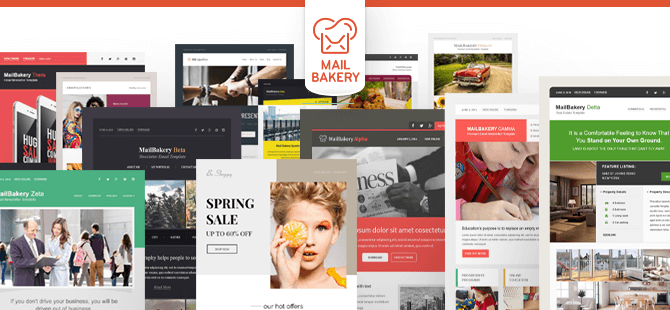How to Use Dark Mode to Create Successful Emails
Reading Time: 5 minutesDark mode. It’s one of those buzzwords that popped up overnight. From beloved apps like Facebook, Twitter, and Instagram, to settings on mobile and computer operating systems; it’s everywhere! And dark mode is taking over our inboxes, too.
You may have heard the term but are unsure what it is. Simply put, dark mode is an inverted color scheme that uses lighter text and icons and places them against a dark background. Although dark mode has been around for decades (think early computers), it didn’t become the trend it is today until Apple added dark mode as an option on its mobile and desktop operating systems. From there, top email clients like Gmail and favorite social media apps announced support for it. And the list continues to grow.
The main reason for its popularity — aside from the fact that it just looks cool — is that it’s easier on the eyes. It’s also said to save battery life because it reduces screen brightness, and it can make your content easier for some subscribers to read.
But whatever the reason your customers have or haven’t opted for using dark mode, when it comes to the marketing emails in their inbox, it’s still up to you to provide them a quality experience that leaves nothing out. If your emails aren’t optimized for dark mode, you could be losing readers and engagement. Don’t let that happen! Here are a few of our tips that shed some light on using dark mode for email success.
Hot Links in This Article:
Optimize Emails for All Styles

It’s important to remember that not everyone hopped on the dark mode bandwagon, so keep that in mind as your design your emails. Whether your reader uses dark or light mode, you want to make sure the experience is the same across all devices and settings. In some cases, you have email clients that will invert your emails without first prompting the reader. This further drives home the point that your emails have to be properly rendered no matter which setting — light or dark — they’re using.
There’s also such a thing as too much optimization. Many people prefer dark mode because it’s easier on their eyes, but if your colors are too bright in one mode or too soft in another, it becomes too much work for your readers to try and make out your content. This can lead to readers deleting your email as soon as they open it.
The best way to find a balance is to research ways to optimize your emails further. After crafting your emails, be sure to test them before sending them out. While you’re testing your emails for typos, broken or incorrect links, and accessibility, it’s wise to test its optimization, too.
Test Your Emails

Further on the topic of testing your emails. Email clients are continually changing, tweaking their code to make user experiences better. Unfortunately, this can create more work for developers and designers when drafting email marketing campaigns. You can’t rest on the possibility that each client or device will optimize your emails for you. So, the effective way to ensure your emails are always on point is to test your emails to perfection. Even if you change a tiny detail. Keep in mind there are multiple ways your emails can be displayed.
The most successful campaigns are ones that render beautifully on both dark and light modes. While drafting your emails, don’t hesitate to experiment with different elements like shades and fonts since black and white don’t always translate well. By the time you’re done crafting and testing, you should have an email that flows, whether it’s in light or dark mode.
Use Transparent Images

We all know that images play a significant role in reader engagement. When designing your email campaigns, it’s important to consider how your images will display in dark mode. By default, the images we use are non-transparent, meaning they have a white or another colored background. When viewed in light mode, the white box disappears. However, in dark mode, the white box is visible and draws attention in a not-so-positive way. Even though you don’t have control over the background color, we don’t want your readers to feel like you don’t care about their experience.
To ensure readers get the best experience, we recommend using transparent images. By using a transparent image, you not only get rid of the harsh white box, but your images become more versatile and display much more seamlessly. Other tips include optimizing your images for light and dark mode or add a thin border around the image or logo.
Be Careful with Text

Another thing to look out for when designing marketing emails is how dark mode affects your emails. We recommend avoiding putting pure white text on images or all-black background. The reason? It creates invisible text. Inversely, if you have black text in your emails, the same thing can happen. What happens is that in order to achieve the dark mode setting, the email client fills in any white space it finds, converting it to dark grey. This inverts any text present in the email. Try highlighting your darker text in white to get around this, so it shows up no matter what. And if you’re unsure which color text to use, do research to determine which colors work best with your brand and look good no matter which manner they’re viewed in.
MailBakery

As apps and software change, it’s essential to stay on top of new trends. It helps you to continue providing the best email content possible to your readers. If you’re unsure how to optimize your emails for dark mode, let MailBakery help. Together we can build the HTML email template of your dreams, one that’s brand-specific, stunning, and perfectly optimized for dark and light modes.
